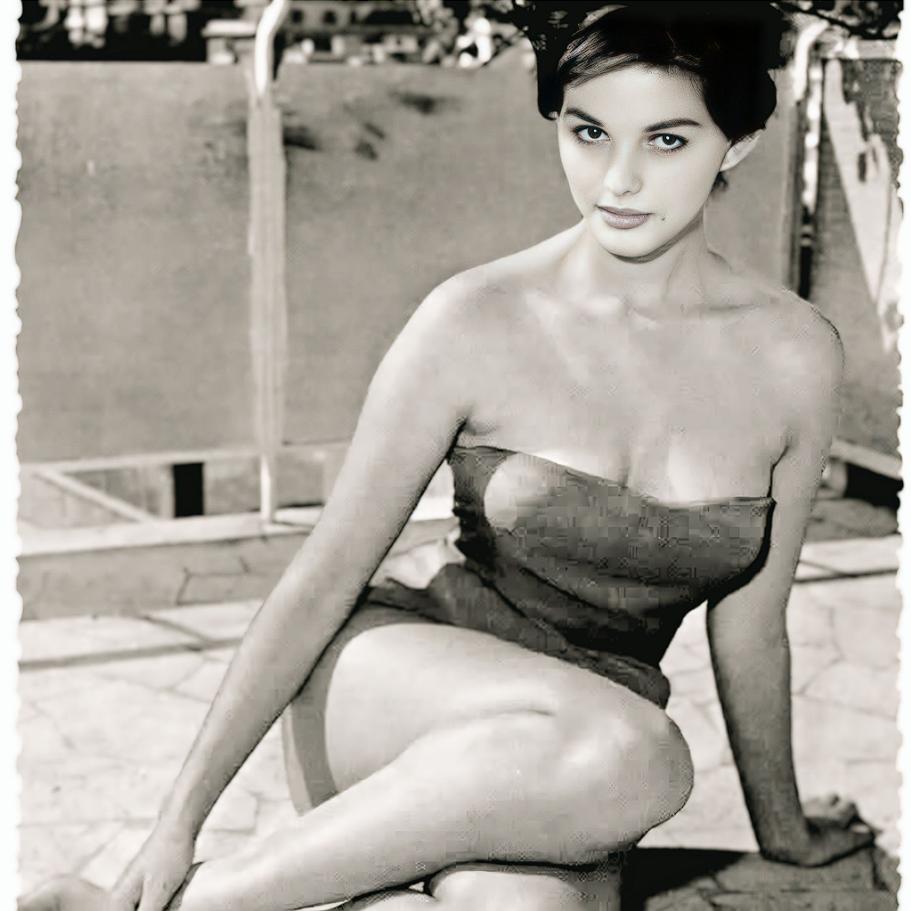Claudia Cardinale: The Eternal Star Who Redefined Cinema
In the heart of Tunisia, on April 15, 1938, a star was born who would one day illuminate the silver screen with a brilliance unlike any other. Claudia Cardinale—known simply as CC—was destined to transcend beauty and grace to become one of the greatest actresses in the history of cinema.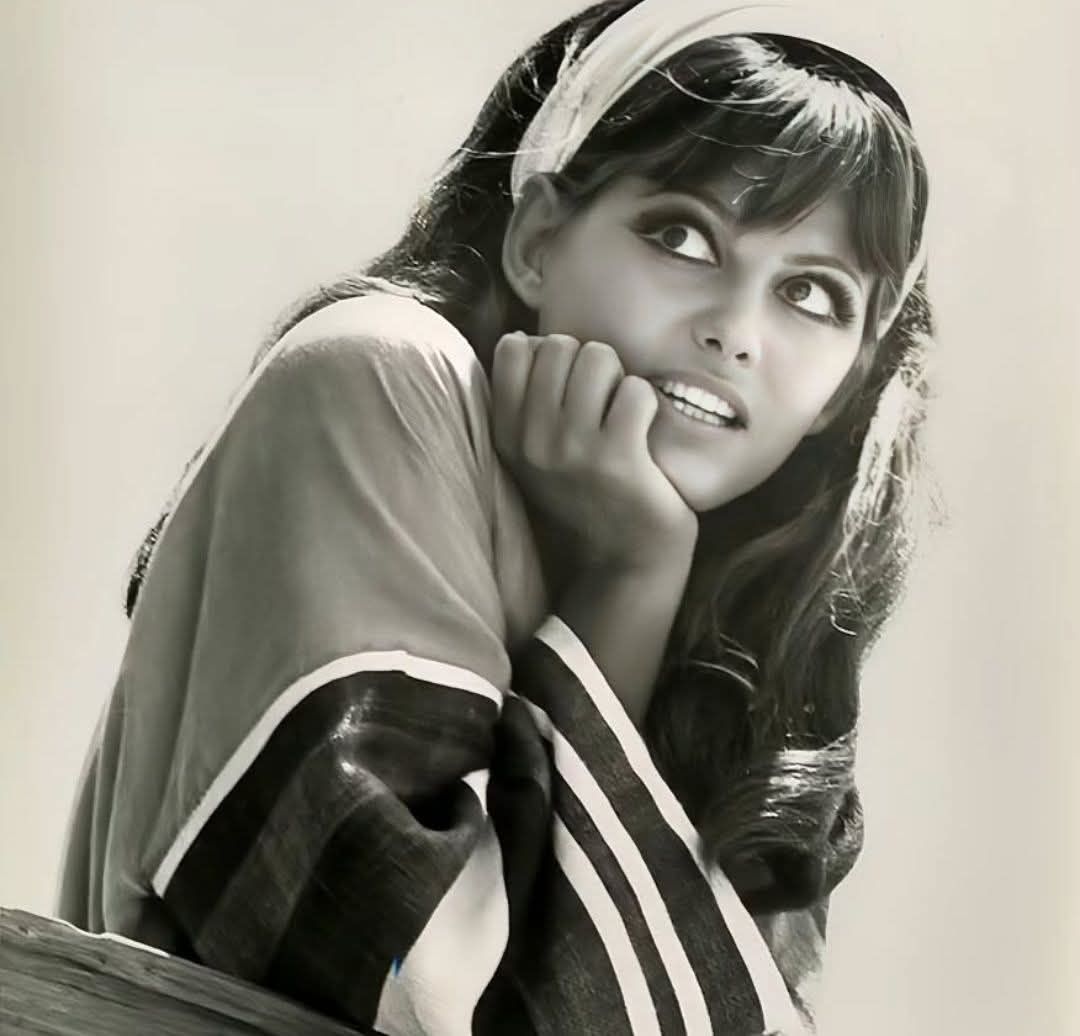
The Early Years: A Star in the Making
A Childhood Shaped by Two Worlds
Claudia Cardinale’s story began in Tunis, Tunisia, where she was born to an Italian family. Growing up between two cultures—Italian and Arab—she was molded by both the warmth of Mediterranean life and the complexities of a multicultural environment. From a young age, she possessed an innate charm and presence that set her apart from the others. Her dark, soulful eyes seemed to tell a story of their own—one that would captivate audiences for decades.
While her early life was not marked by aspirations of stardom, fate had other plans. Cardinale was spotted by a talent scout in a beauty contest when she was just 16, and by the time she was 18, she had made her film debut. Her striking looks and undeniable magnetism caught the eye of directors, but it was her ability to convey deep emotion and nuance that would eventually distinguish her from other actresses of her time.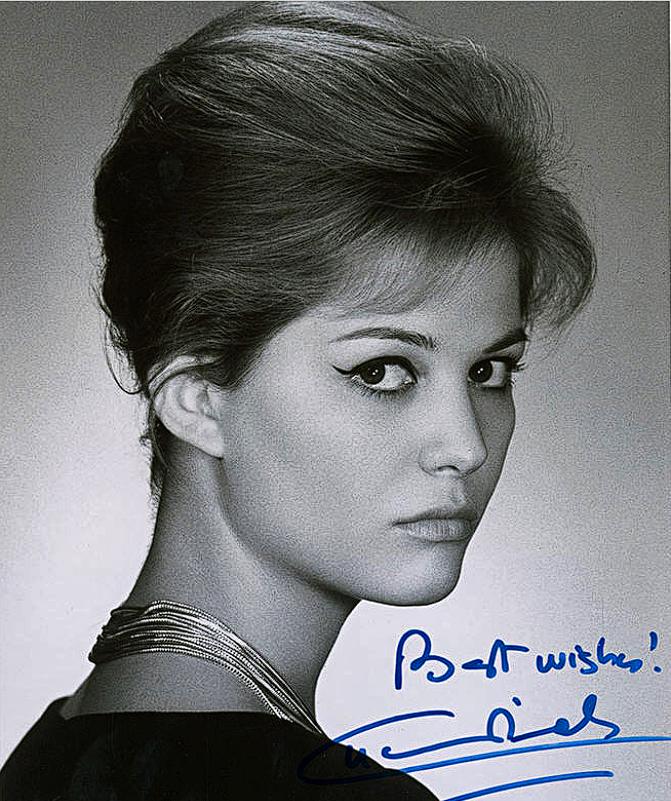
Breaking Through: The Iconic Roles
Federico Fellini, Luchino Visconti, and Sergio Leone: Directors Who Saw Her Potential
Claudia Cardinale’s rise to fame came in the early 1960s when she worked with some of the most celebrated directors in European cinema. She was cast in 8½ (1963), a film by the legendary Federico Fellini, where she played a pivotal role that showcased her versatility and emotional range. But it was The Leopard (1963), directed by Luchino Visconti, that truly solidified her status as an icon. She starred alongside the legendary Burt Lancaster and Alain Delon, embodying the role of Angelica, a woman whose beauty and strength transcended the tumultuous world around her.
Her work with Sergio Leone in the epic Once Upon a Time in the West (1968) cemented her as one of the most memorable leading ladies in film history. As Jill McBain, Cardinale brought both elegance and grit to the role, portraying a woman who had to survive and thrive in a harsh, male-dominated world. This performance remains one of her most iconic, and her face, framed by the wide, dramatic landscapes of the Western genre, is still an image that resonates with audiences to this day.
But even outside of these heavy dramas, Claudia Cardinale’s versatility shone through in lighter roles, most famously in The Pink Panther (1963), where she played the sophisticated, yet charming, femme fatale. The role was a testament to her ability to bring humor and warmth to characters that could easily have been one-dimensional.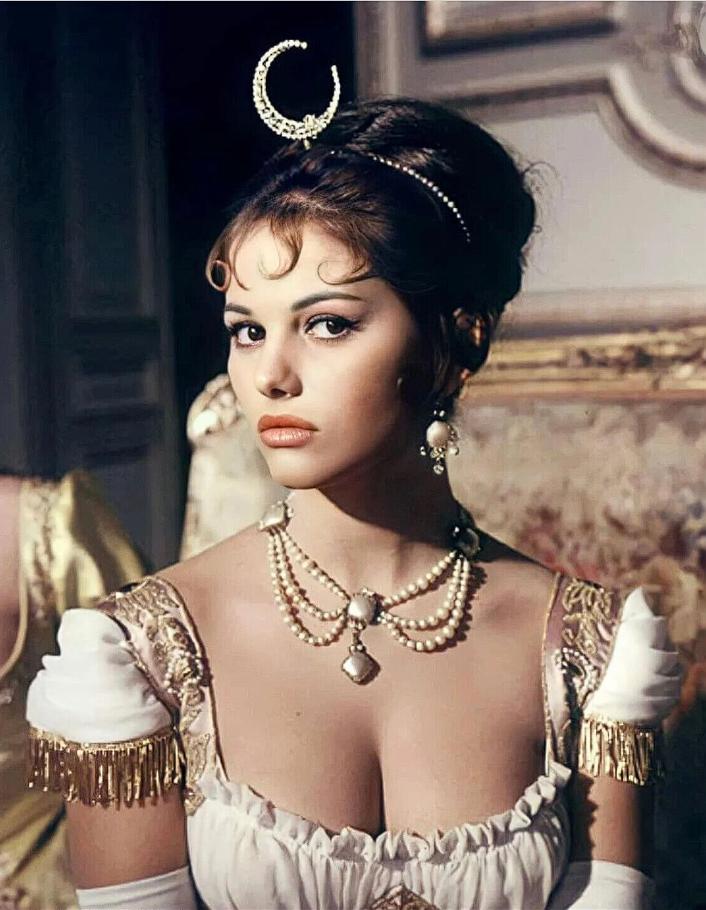
A Unique Talent: Beauty and Depth Beyond the Surface
Not Just a Pretty Face
While Claudia Cardinale was undoubtedly beautiful, she was so much more than just a pretty face. She had a natural elegance, an inner strength, and a quiet intensity that made every performance memorable. Unlike many actresses of her time who were often relegated to the role of the ‘glamorous leading lady,’ Cardinale’s characters were always imbued with complexity and emotional depth.
Her roles ranged from the aristocratic to the everyday woman, from the tragic to the comedic, and in each, she brought an authenticity that made the audience see beyond the costume and makeup. Her portrayal of Angelica in The Leopard is a perfect example of this. She wasn’t just a beautiful woman swept up in a world of wealth and power; she was a woman wrestling with the societal expectations placed upon her, a reflection of Italy’s aristocracy on the cusp of change.
In contrast, her portrayal in Once Upon a Time in the West showcased her resilience in a much grittier, more violent world. She was the emotional anchor of the film, providing depth to a character who could have easily been lost in the chaos of a Western.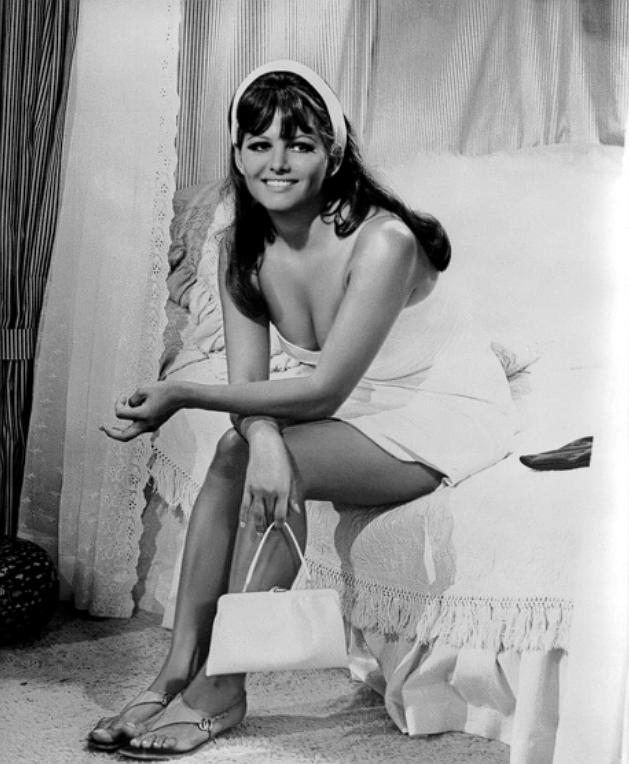
Claudia Cardinale’s Legacy: A Lasting Influence
A Career that Spanned Decades
Claudia Cardinale’s career spanned decades, and her films continued to captivate audiences across generations. While she remained a celebrated figure in European cinema, her influence reached global proportions, with directors from across the world seeking her talent. Her impact on cinema is profound, as she was one of the first actresses to combine beauty with intelligence and strength—both on and off-screen.
She became the epitome of grace and poise, while also shattering the stereotypes of the passive female character. She was a symbol of a woman who took control of her own destiny, navigating the complexities of a male-dominated film industry with intelligence and determination.
Even as she grew older, Claudia Cardinale maintained her elegance and composure, appearing in films and television shows well into her later years. She became a beloved figure not only for her acting but for her advocacy for the arts and her role as a mentor for younger generations of actors and filmmakers.
A Tribute to Claudia Cardinale
The Eternal Star
Claudia Cardinale’s career is a testament to her talent, versatility, and resilience. Her performances continue to inspire, and her name will forever be etched in the annals of cinema history. As we remember her on what would have been her 87th birthday, we celebrate not just her stunning beauty, but the incredible depth she brought to every role she played.
Her legacy lives on in the films she graced and in the hearts of audiences who continue to fall in love with her performances. Whether portraying a beautiful aristocrat or a woman with a quiet strength, Claudia Cardinale’s legacy remains a beacon for all who seek to see both beauty and depth in the art of film.